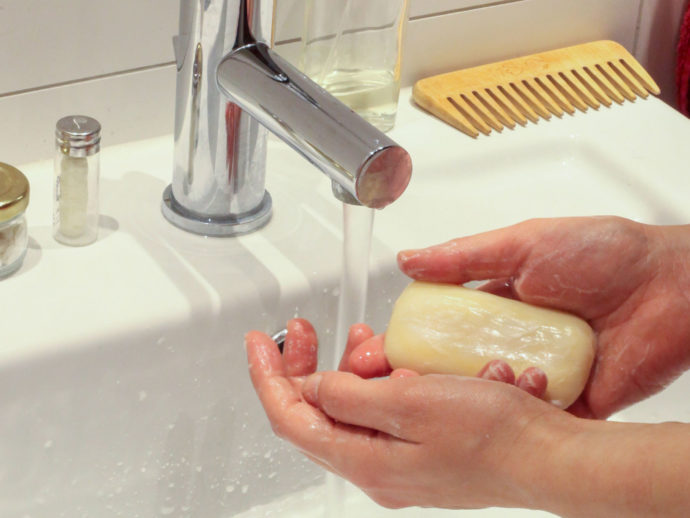Think you know? You might be surprised!
The best way to protect yourself—and others—from getting sick, handwashing is pretty basic advice. But, just as a reminder, we’re sharing some useful information about when and how.
When to wash your hands
- Before, during, and after preparing food
- Before eating food
- Before and after caring for someone who is sick
- After blowing your nose, coughing, or sneezing
- After handling shared objects
- Before and after treating a cut or wound
- After using the toilet
- Before inserting/removing contact lenses
- Before flossing your teeth
- After helping someone else (like kids) with any personal care
How to wash your hands
- Remove any hand or arm jewellery.
- Wet hands with warm water.
- Apply plain soap (avoid antibacterial soaps) to hands and rub together for 20 seconds (the length of time it takes to sing Happy Birthday—twice).
- Wash the front and back of hands, as well as between fingers and under nails.
- Rinse hands well for 10 seconds under warm running water, using a rubbing motion.
- Wipe and dry hands gently with a paper towel.
- Turn off the tap using the paper towel to avoid re-contaminating your hands. In public bathrooms, use the same paper towel to open the door when you leave.
When soap and water isn’t available
Using an alcohol-based hand sanitizer that contains at least 60 percent alcohol (check the label to be sure) is a second option.
- Apply to the palm of one hand (read the label for correct amount).
- Rub hands together.
- Rub the gel over all the surfaces of your hands and fingers until your hands are dry. This should take around 20 seconds.

